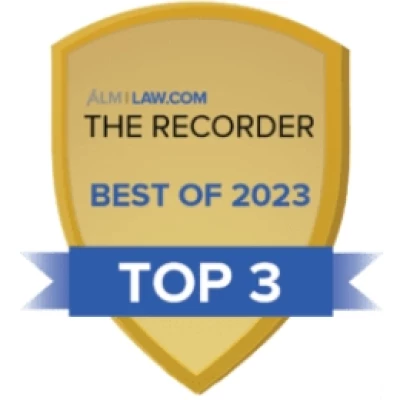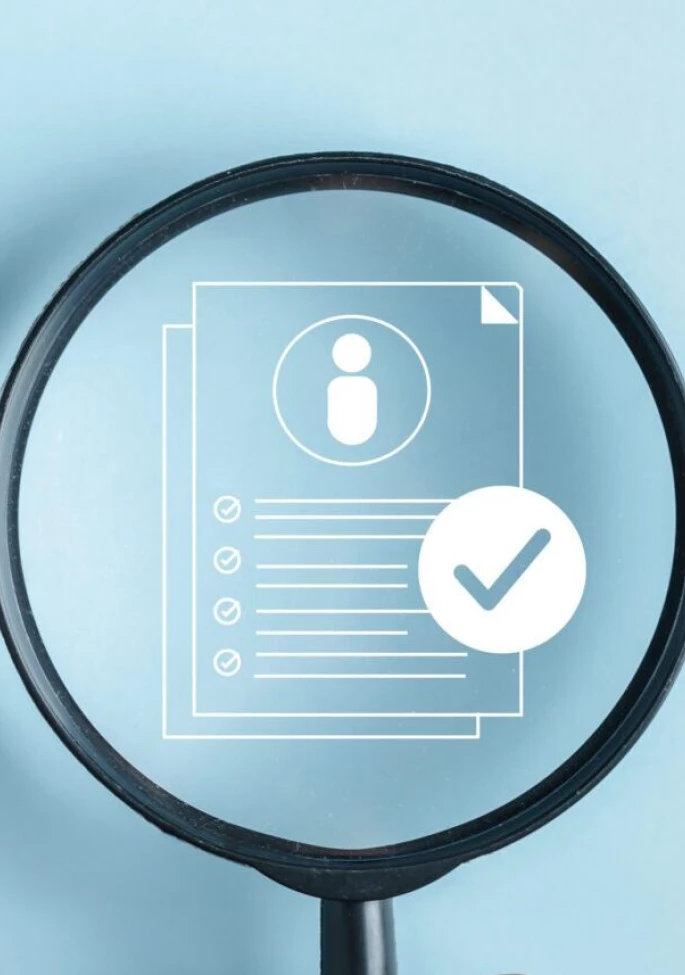Your Strategic Partner Integrated solutions for every phase of complex dispute resolution.
-

Expert Witness
IMS pioneered the executive-recruiting approach to connect lawyers with the most qualified and credible experts in every industry. Our customized expert solutions allow clients to focus on strategy while we secure the subject matter expertise they need.
-

Litigation Consulting
Distilling your case into a clear argument gives you an advantage. Our veteran consultants use proven methods to help you learn what motivates decision-makers and design a thematic narrative that explains what happened, why they should care, and why you should prevail.
-

Visual Advocacy
Complex matters require compelling visuals. We specialize in turning dense technical and legal concepts into memorable presentations that have a major impact on how juries, judges, and arbitrators see your claim.
-

Presentation Technology
With the most experienced technology consultants in the industry, we add value far beyond the hot seat. We work in unison with your team to anticipate and meet the technical and tactical demands of high-stakes disputes.

Where passion meets purpose.
Our goal is to increase your efficiency and position you for success. We become a trusted extension of your legal team from start to finish—working to uncover the core arguments of your case, identify key themes, develop a powerful story, and deliver the critical demonstratives.
From intelligent strategy to flawless execution. Together, we win.
-
Perspective
With IMS, you can be confident we will understand your practice and the challenges associated with your case.
Our best-in-class consultants have worked on hundreds of the most high-profile civil and commercial matters, across every industry and discipline.
-
Process
IMS provides a full suite of services that is unparalleled, making us the litigation consulting firm of choice.
We ensure high performance for every client with a proven process that has been perfected over decades. Our seamless support throughout the lifecycle of a case makes the experience run smoothly and efficiently so you are your most confident.
-
People
IMS offers more than an integrated team of the industry’s finest litigation professionals. What truly sets us apart is a shared sense of urgency because we approach each client engagement as a partnership.
We do not just understand your unique case—we are dedicated to surmounting every obstacle you face. Your challenges become ours.
Trusted by the best.
-

Best of Texas Lawyers
-

Best of the Recorder
-

Best of the National Law Journal
-

Best of the Legal Intelligence
-

Best of New Jersey Law Journal




















